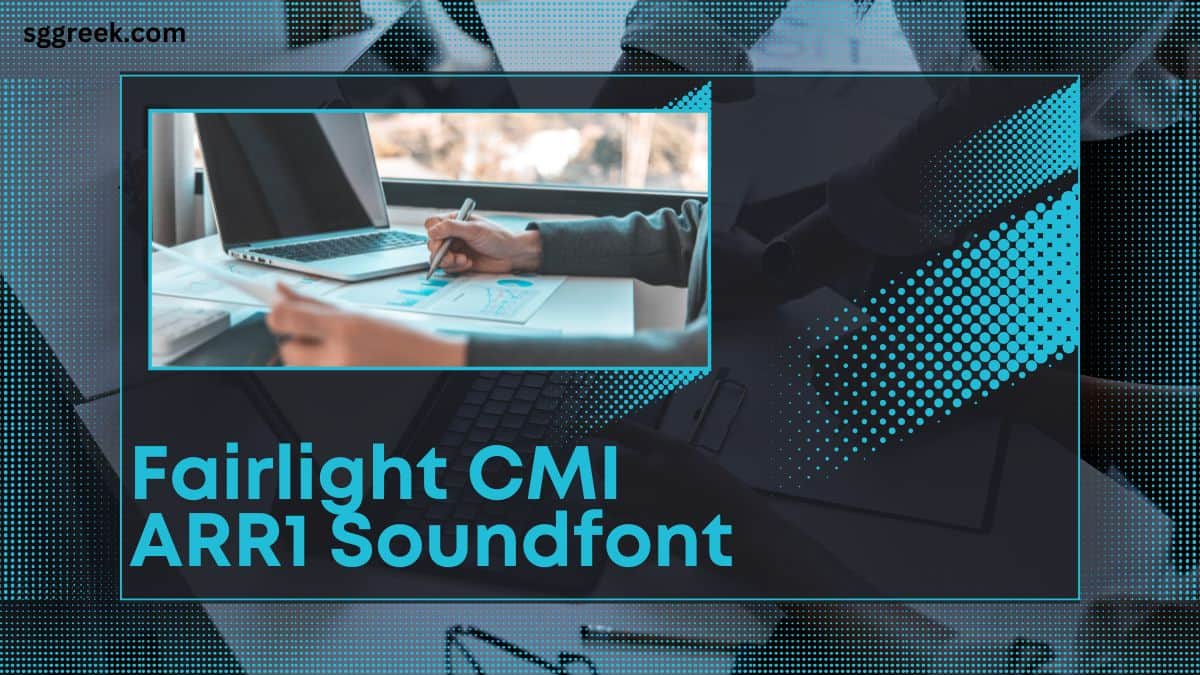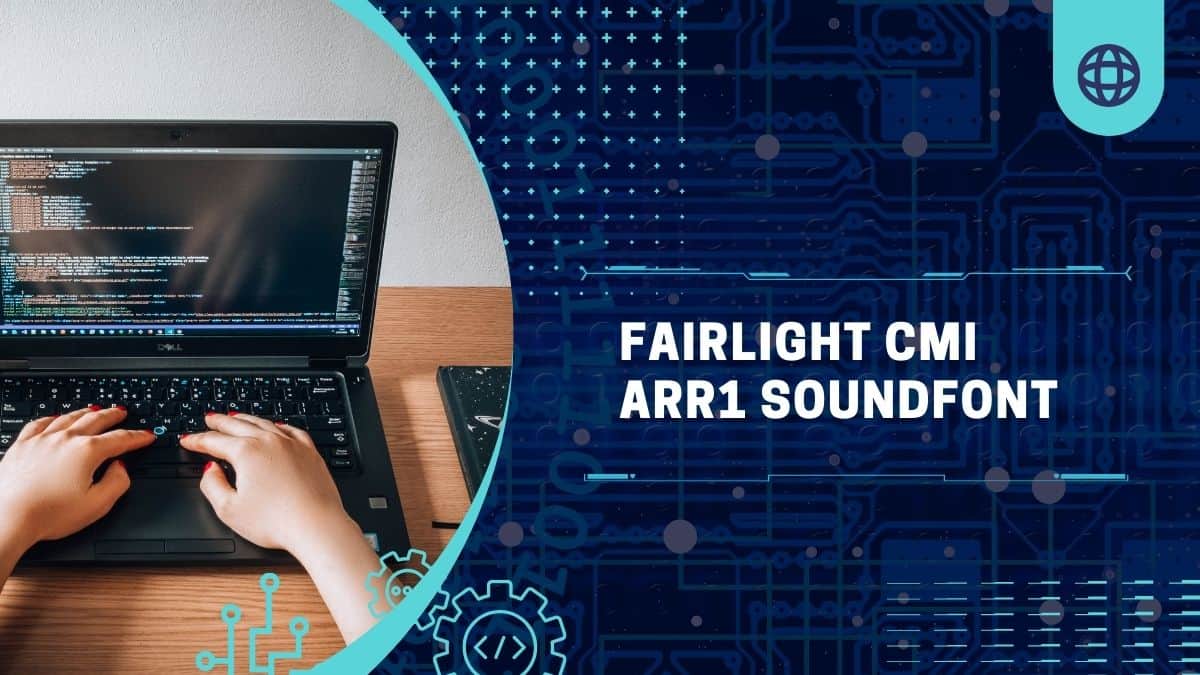
Table of Contents
Introduction
In the world of music production, few tools have had as much impact as the Fairlight CMI ARR1. But before diving into its legacy, let’s break down what SoundFont is. A Fairlight CMI ARR1 Soundfont is a file format that contains recorded sound samples, which musicians can use within various software to replicate instruments and effects.
History of the Fairlight CMI
The Fairlight CMI was developed in Australia by Peter Vogel and Kim Ryrie in the late 1970s. It was one of the first digital synthesizers that allowed musicians to sample audio and manipulate sounds in ways never before possible. The CMI became a sensation in the 1980s, providing artists and producers with unparalleled creative freedom.
This technology was used by many of the era’s most famous musicians, including Peter Gabriel, Kate Bush, and Stevie Wonder, marking the Fairlight CMI as a symbol of innovative music production.
Understanding the Fairlight CMI ARR1
So, what is the ARR1 version of the Fairlight CMI? The ARR1 refers to a specific bank of sounds within the Fairlight CMI, notably used for its advanced sampling capabilities. It allowed for greater manipulation of sampled sounds, which was groundbreaking at the time.
Features of the Fairlight CMI ARR1 Soundfont
The Fairlight CMI ARR1 Soundfont offers several features that set it apart from other sound fonts:
- Sampling Capabilities: The Fairlight was a pioneer in the field of sampling, enabling users to capture real-world sounds and use them in compositions.
- Sound Design and Synthesis: The synthesis features allowed artists to take sampled sounds and manipulate them in unique ways.
- Integration with Modern DAWs: While the original Fairlight was hardware-based, its SoundFont versions can be easily integrated into modern DAWs, offering producers a taste of vintage sound.
How Soundfonts Work in Music Production
A SoundFont is essentially a container of recorded sound samples. When used in conjunction with a Digital Audio Workstation (DAW), it can replicate a variety of instruments and sounds. Soundfonts are highly versatile, allowing musicians to experiment with different textures and layers in their compositions.
Using the Fairlight CMI ARR1 Soundfont in Modern Production
The Fairlight CMI ARR1 Soundfont has found new life in modern production thanks to its ability to integrate with various software tools. It’s compatible with most DAWs and is often supported by popular plugins like FL Studio’s DirectWave and Kontakt.
Famous Songs and Artists That Used the Fairlight CMI
Many of the greatest hits from the 1980s were produced using the Fairlight CMI. Some of the artists who made the most of this groundbreaking instrument include:
Peter Gabriel, particularly on his album “So.”
These artists used the Fairlight to craft some of the most iconic sounds of the decade.

Why the Fairlight CMI ARR1 Soundfont is Still Relevant Today
The Fairlight CMI ARR1 Soundfont remains popular today because it offers a unique, nostalgic sound that modern digital synthesizers often can’t replicate. Many producers seek that vintage texture to add authenticity to their music.
Advantages of Using the Fairlight CMI ARR1 Soundfont
One of the main advantages of using the Fairlight CMI ARR1 Soundfont is its authenticity. The character and texture it brings to modern music give it a signature sound that stands out in a world of polished, digital instruments.
Challenges with the Fairlight CMI ARR1
However, the Fairlight CMI ARR1 Soundfont isn’t without its challenges. Its older design means it lacks some of the modern features found in today’s more advanced synthesizers. Additionally, finding and installing this SoundFont can be tricky, as it is not as readily available as newer options.
Where to Find the Fairlight CMI ARR1 Soundfont
Looking for the Fairlight CMI ARR1 Soundfont? You can find it on various soundfont libraries online. Some websites offer it for free, while others provide higher-quality paid versions. Just ensure you’re downloading from reputable sources.
How to Install and Use the Fairlight CMI ARR1
To install the Fairlight CMI ARR1 Soundfont, simply download it from a reliable source and load it into your DAW’s Soundfont player. Popular plugins like Sforzando or FL Studio’s DirectWave make it easy to integrate into your workflow.
The Role of Soundfonts in Shaping Electronic Music
Soundfonts like the Fairlight CMI ARR1 played a pivotal role in shaping the evolution of electronic music. Early soundfonts gave producers the flexibility to experiment with new sounds, paving the way for the rise of sampling in modern genres.
Future of Vintage Soundfonts like Fairlight CMI ARR1
As interest in retro and vintage sounds continues to grow, the Fairlight CMI ARR1 Soundfont is likely to remain a popular choice. Its timeless appeal ensures that producers will keep finding ways to innovate with its distinctive sound.
Conclusion
The Fairlight CMI ARR1 Soundfont is a relic from a golden age of music production, yet its legacy lives on. It offers a unique combination of nostalgia and innovation that continues to inspire musicians today. If you’re looking to add a touch of vintage character to your tracks, the Fairlight CMI ARR1 is a SoundFont worth exploring.


